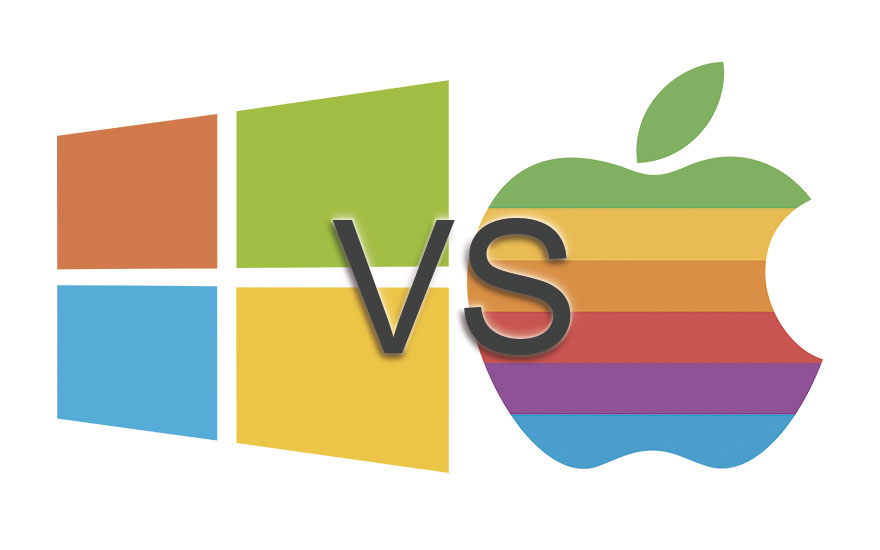

- #MICROSOFT PRICING OF WINDOWS VS MAC OS UPGRADE#
- #MICROSOFT PRICING OF WINDOWS VS MAC OS LICENSE#
- #MICROSOFT PRICING OF WINDOWS VS MAC OS PLUS#
Things get real interesting when looking at support costs, especially as it applies to “free” Linux. Red Hat Linux vs Windows: Download Cost Comparison Keep in mind EA pricing can vary depending on your organization’s size and negotiating skills. The move by Microsoft to increase CAL cost for Windows Server 2019 could be construed as a way to further incentivize cloud adoption. However, there is no CAL cost associated with a public cloud deployment. First, as a subscription you’ll likely be paying for the Windows licenses year in and year out. Licensing Windows in cloud configurations is different.
#MICROSOFT PRICING OF WINDOWS VS MAC OS LICENSE#
Windows Server 2019 will likely cost more because of an increase in the CAL license cost. You will also likely need additional Client Access Licenses ( CALs) to supplement on-premises Windows Server licenses.
#MICROSOFT PRICING OF WINDOWS VS MAC OS UPGRADE#
Also, if you don’t have an Enterprise Agreement (EA) or Software Assurance and your Windows OS reaches end of life, you’ll need to pay to upgrade to next version Windows Server 2016 Datacenter starts at $6,155 – keep in mind that this is list price and that Microsoft Partner pricing varies. The Red Hat and SUSE license costs are embedded in the subscription services.Ĭommercial organizations know all too well that the Windows operating system incurs a licensing cost. Enterprises that require Linux support and vendor accountability will opt for platforms like Red Hat and SUSE. Linux for all intents and purposes can be had for no license fee at all (i.e.

A Wintel centric organization in all likelihood won’t find the increased efficiencies all that compelling, however a greenfield deployment may feel differently. How much? That will depend on the attributes of the application, but in general you can expect 20% or so more throughput on Linux. The main consideration whether it be on-premises or cloud – what kind of hardware resources are needed to provision applications? All things being equal, if we look strictly at the operating systems themselves Linux is lighter weight and more tunable and can handle more of a given workload. Let’s take a closer look at the cost considerations for both platforms. In addition, Microsoft’s change to core based pricing for Windows Server alters the equation as well. However, as Enterprises further embrace and rely on Linux the “free” moniker is quickly evaporating in favor of paid subscriptions.
#MICROSOFT PRICING OF WINDOWS VS MAC OS PLUS#
Plus cost is certainly another driving factor. Linux has continued to make steady inroads in computing, as evidenced by the fact that some 40% of the VMs in Microsoft’s Azure are running Linux.īy any measure Linux is a technical tour de force. Perhaps no organization has done more to spur Linux adoption than Amazon’s AWS, which relies on Linux to deliver its cloud services. A number of factors can alter the equation not the least of which is the advent of cloud computing. Although Linux is often considered inexpensive and Windows costly. The Linux vs Windows debate typically circles around cost and functionality.


 0 kommentar(er)
0 kommentar(er)
